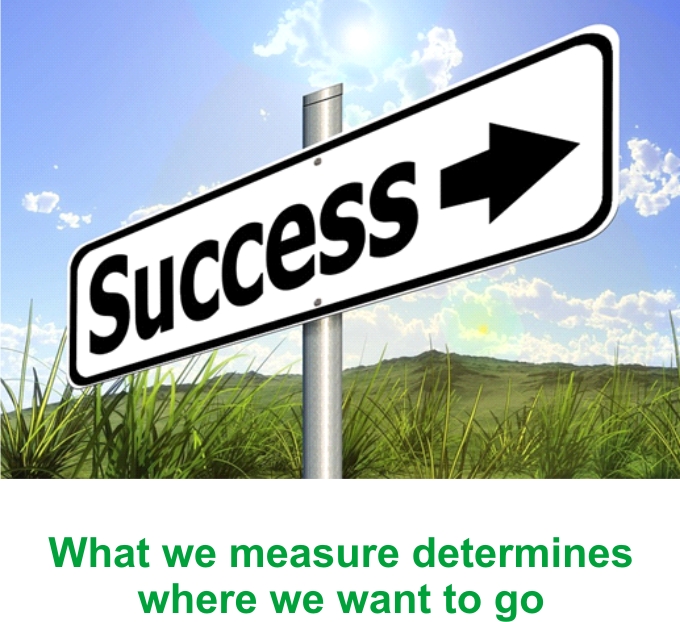|
Measurement for Transition
towards
Measuring the performance of a country, an enterprise or a project is important for better decision making and planning. The kind of indicators used for this measurement often decide the direction and the quality of progress. For a country, the apt indicators help policymakers make better decisions and to re-calibrate plans by including physical and social science information into the decision-making process (DESA, 2007). As a developing country, Indian governments and businesses have the added responsibility of focusing on a development pattern that is inclusive, equal as well as ecologically sustainable. Although this is not a new understanding, there is a lack of alternative indicators that can help us measure our progress correctly.
The hegemony of a neoliberal understanding
of growth still thrives and is epitomised by the Gross Domestic Product
(GDP) which strongly steers decision making processes at the national
and state level. GDP is simply a measure of the sum of finished goods
and services produced in the monetised segment of the economy valued on
the basis of cost, regardless of its benefit to human well-being, and
without acknowledging any difference between productive and destructive,
important and trivial, sustainable and unsustainable activities (Jacobs
et. al., 2010). GDP does not include informal and subsistence economy,
and although there are correlations between life satisfaction and income
growth in countries, the rate at which these two increase is not
necessarily the same (Stiglitz, Sen, & Fitoussi, 2009). The Millennium Development Goals and currently the Sustainable Development Goals (SDGs) are some examples at the international level of measurements that look beyond economic growth. As a step in this direction, India has set up the NITI (National Institute for Transforming India) Aayog which coordinates and collects data relevant to the SDGs as well as enables their fructification, in tandem with the Ministry of Statistics and Programme Implementation (MoSPI). NITI Aayog exemplifies two approaches towards having better measurements. Firstly, it shows a shift from a short five year planning term to a longer fifteen year transformation period. Secondly, it diversifies the pool of progress indicators by looking at multiple (and connected) axes. Managing economies on the basis of a wider set of indicators could avoid economic policy undercutting the aims of social and environmental policies. Another approach for economies is to mainstream a measurement of our true progress, either as the true GDP of a country or the true progress of a business. This value would include subtractions and additions of various 'externalities' or hidden costs, of change in biodiversity, forest cover, employment rate, the cost of displacement and dispossession of the per capita income along with a co-efficient for income inequality amongst others. Indeed, this has been attempted in a limited form through the creation of a framework in 2010 to calculate India's 'Green GDP' which would include conventional GDP figures adjusted for the environmental costs of economic activities. Businesses too are looking at corporate sustainability with sincerity and shifting their outlook from short term goals to long term benefits. A 2016 report on corporate social responsibility in India found that sustainability is central to top performing companies even as 33% of the 217 companies that were studied believed in looking at social responsibility and environmental costs while building business strategies. The Companies Act of 2013 has been touted to have provided a major push in this direction which highlights the role that legislation can play in this transition. While numerous indicators, most by international NGOs do exist for both governments and businesses to track themselves on measurements that would enable a shift towards a green and inclusive economy, unfortunately, our individual understanding of progress and success remains heavily girdled by numbers of a certain kind – those that allow for too easy a parity to be created. This ease with which we allow such monetary numbers to help us judge our success and that of others should alert us to presence of limits to our understanding of happiness and success. ■
Tarang Singh
References: |
